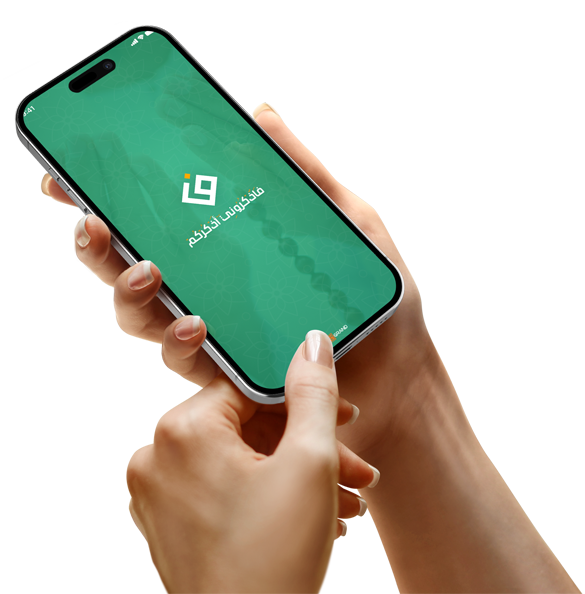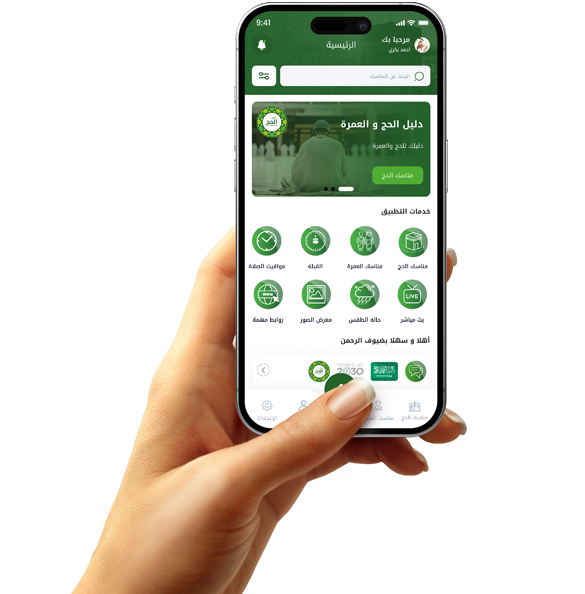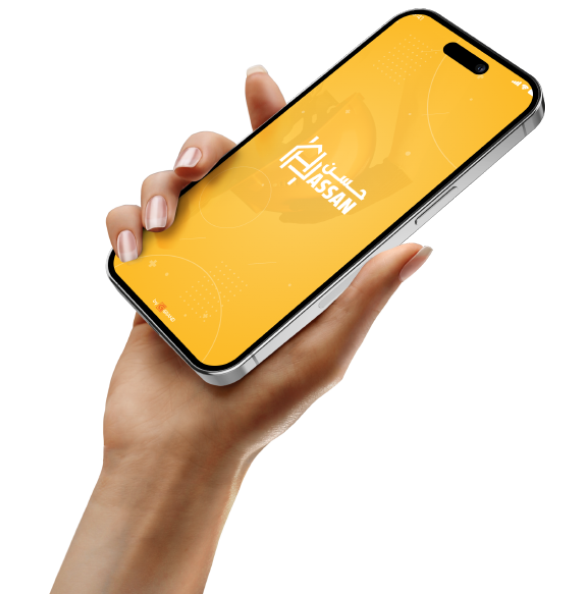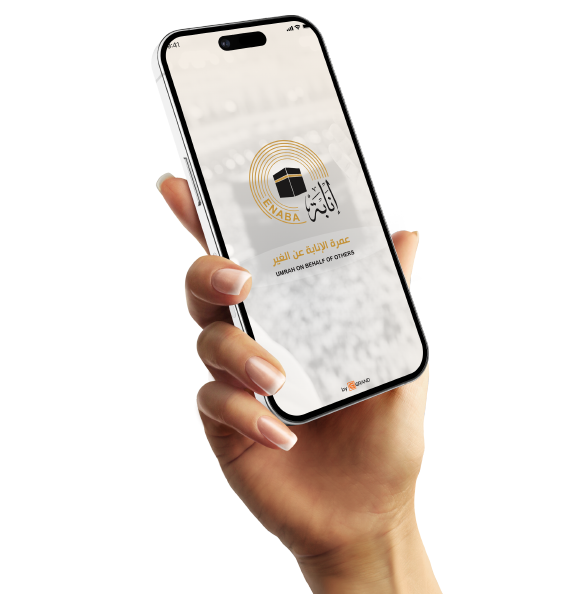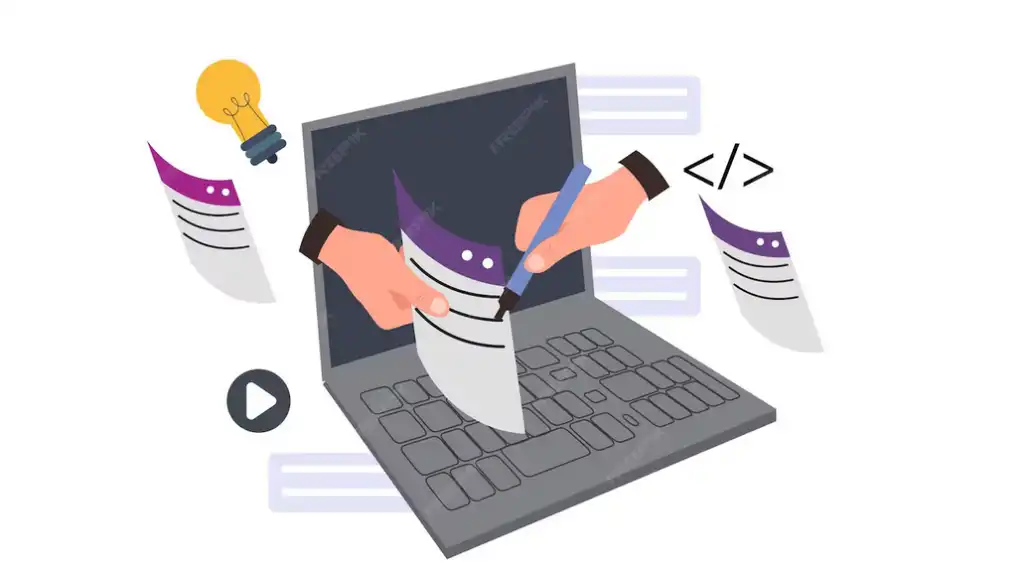How to make your app indispensable

Integrating the App with Users' Daily Habits
The apps that stick most with users' phones are those that align with their daily habits. If you can make your app appear and be used at the same times as their routine, you'll establish a permanent place in their day.
For example, if your app focuses on personal organization, have it send a morning alert with your daily plan. If it's health-related, have it show meal or exercise times. Combining the right timing with useful content will make users anticipate your notification instead of ignoring it.
Smart companies monitor when their audience uses their app and then adapt the experience to suit those moments. Don't just make the app available; make it convenient.
Think of your app as a "personal companion," knowing when to appear, what to display, and when to silence it. This level of adaptability creates a strong relationship between the app and the user that isn't easily broken.
When users feel your app is present at their most important moments, they won't be able to do without it. You're not just providing a service; you're accompanying them as a daily habit.

Personalizing the Experience to User Preferences
Indispensable apps are those that make the user feel "tailored specifically for them." When they see the content they care about, the options they prefer, and the notifications that address their interests, they feel like the app understands them.
Successful app companies put personalization at the heart of their experience. From the first use, the app begins collecting the user's preferences: What they like? What they ignore? What time they use the app? Based on this data, they deliver a personalized experience.
Personalization doesn't just mean changing colors or the name; it includes the order of content, service suggestions, and even the timing of notifications. When users see that the app adapts to their habits and preferences, it's difficult to abandon it.
Your app should evolve with the user. The more they use it, the more accurate and intelligent it becomes in suggesting what's right for them. This dynamic relationship is what distinguishes apps that retain their users.

Creating a Rewards System That Motivates Users
One of the secrets to addictive apps is a smart rewards system. This system rewards engagement and gives the user a sense of accomplishment every time they use the app, making them more engaged.
Rewards don't always mean points or discounts. Sometimes, it's enough for the user to see progress in their level, unlock a new section, or receive a badge that demonstrates their achievement. These simple details create a fun, interactive experience.
Successful app companies employ "behavioral incentivization" techniques to encourage users to come back again and again. The more they use the app, the more they feel like there's an additional benefit waiting for them. The more they stay away, the more they feel like they're missing out.
A rewards system transforms the app from a tool to a fun game. Even in serious apps—such as education or health—rewards help increase engagement and retention.
To make your app indispensable, make every visit count. Tie rewards to usage habits and present them in a simple, visual way. The user will then feel that the application appreciates his effort, and will reciprocate with loyalty.
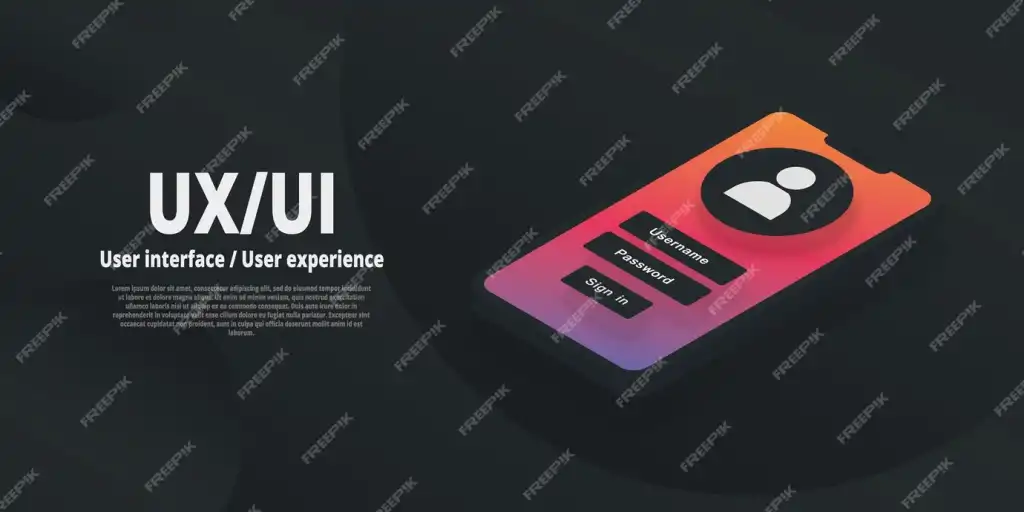
Providing prompt support reassures users.
When a user encounters a problem or doesn't understand a function within the app, their response depends on the availability of prompt and clear support. If they feel they're not being heard, they'll delete the app without a second thought. However, if they find support, they'll feel secure and will continue.
Apps that are hard to live without are those that provide effective communication channels: live chat, intelligent automated responses, an updated FAQ page, or even email support that responds within minutes.
Successful app companies understand that support isn't just an add-on; it's part of the daily experience. Users aren't looking for perfection; they want to know that someone is there to help them if they need it.
Responses should also be simple, practical, and straightforward. Don't send the user five links for a single question. Make the solution accessible and make them feel their time is valued.





